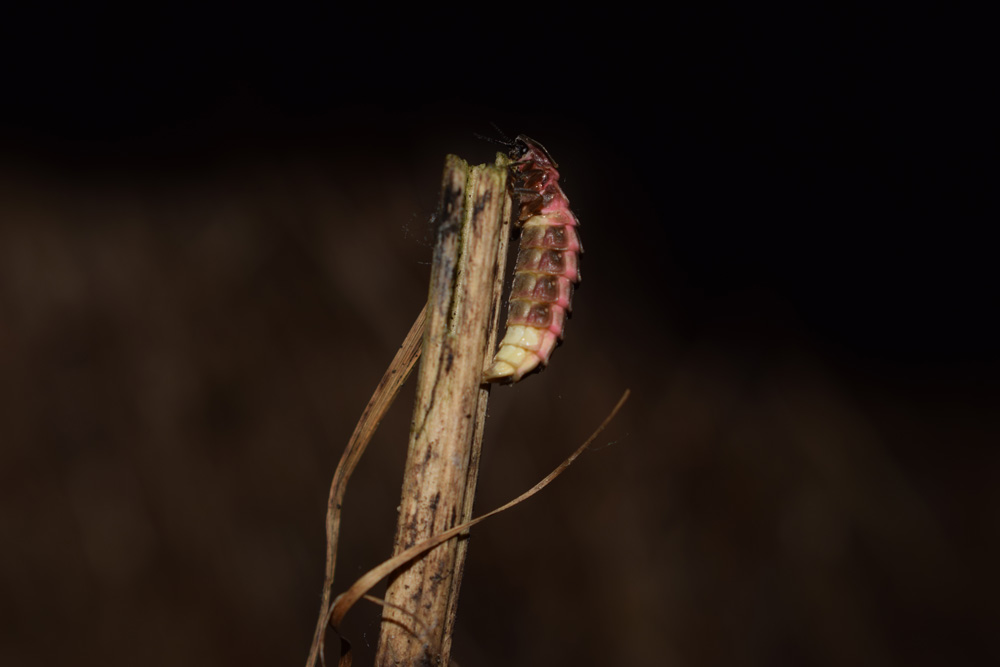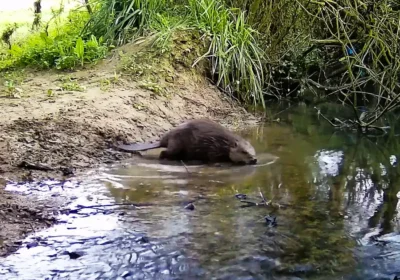With the sheep happily grazing on brown dry stubble and munching through next winter’s hay, we have time to enjoy the field and reflect on our farming summer. A disastrous lambing in which we lost two of our best ewes, due to cast and mastitis, but on the positive a herd of very strong lambs which are gaining weight. Baling early was a plus, but little did we know we would be feeding it already as the drought has taken its toll on the grass.
This last two weeks has seen the field used for recreation. Friends from the New Forest camped and enjoyed the North Dorset experience. We joined them on their first evening, sitting under the stars marvelling at the jet-black canvas of stars above us. No street light pollution is a real bonus and gives us amazing opportunities to watch the night sky. Right on cue shooting stars started falling from the sky, one with a tail-like a comet the best we have seen since owning the field.
Over in the far corner under an oak tree we spotted a bright light, which can only be described as like a glow stick which a child had discarded – on closer inspection it turned out to be a glow worm trying to attract a mate.
A glow worm is not a worm, it is a small beetle which lives for about three years in meadows and grassland. We have seen them over the field for a few years now, on the ground and in bushes. As adults they have no mouth, so while the lava eats worms, the adults do not eat at all and only live for a few short weeks after hatching. They have bioluminescent bodies which they use to communicate with other beetles – the one glowing is the female looking for a mate. Once she has mated, she stops glowing.
Sadly, recent statistics show that the glow worm is declining by about 3.5 per cent each year. In the First World War soldiers were said to read maps by their light in the trenches – the glow worms’ contribution is recognised on the Animals in War memorial in Hyde Park.
We feel very honoured to provide a home for this declining little beetle. By laying hedges, not being vigorous in our boundary cutting and not using any chemicals we provide them with the sanctuary they need to survive.
We have a glut of blackberries, sloes and elderberries currently and have never seen so many acorns on our oak trees. I begin to wonder what sort of a winter we will have if nature is providing for us this early in the year.
by Tria Stebbing









Leave a Reply